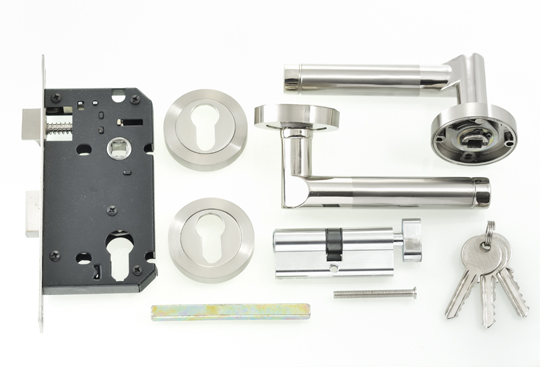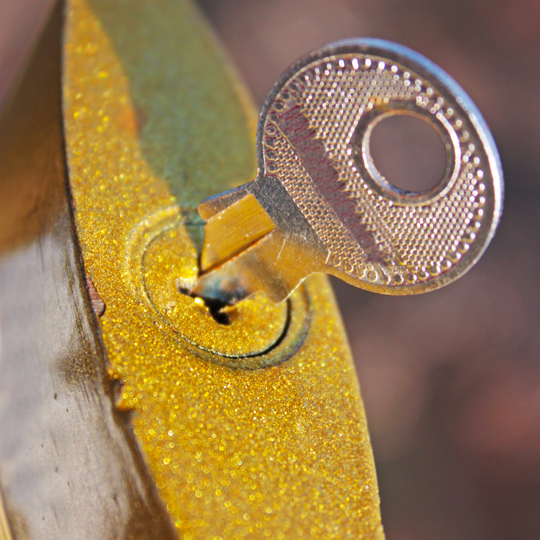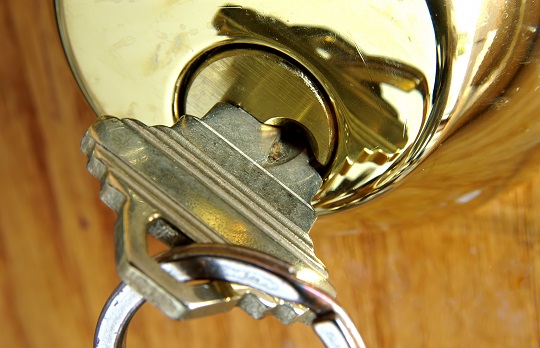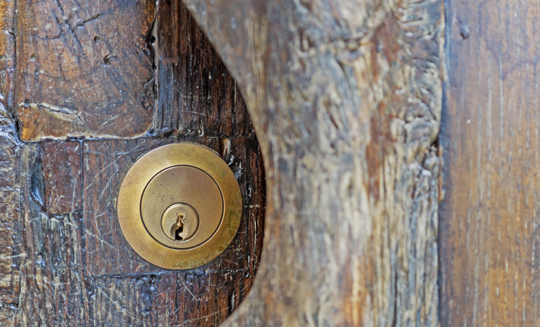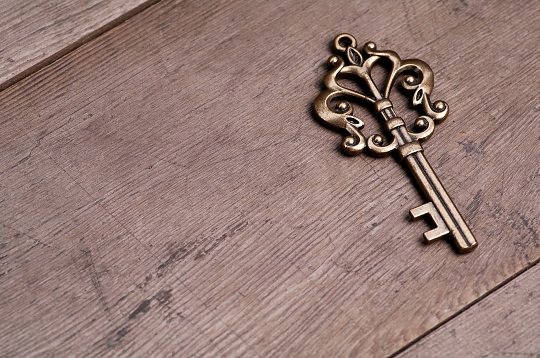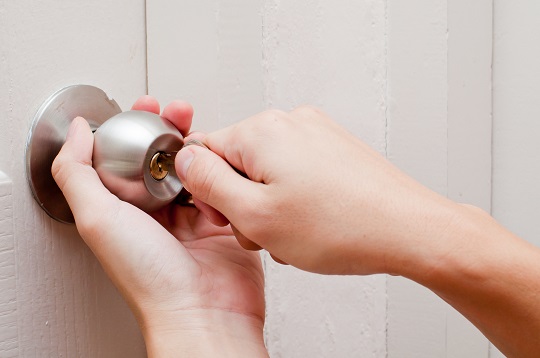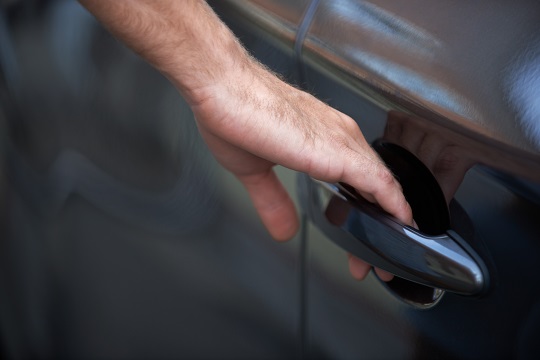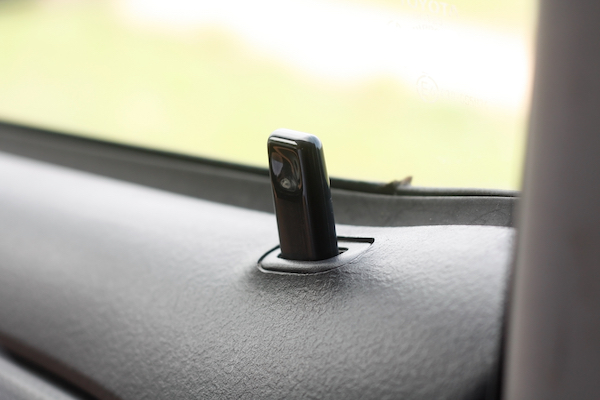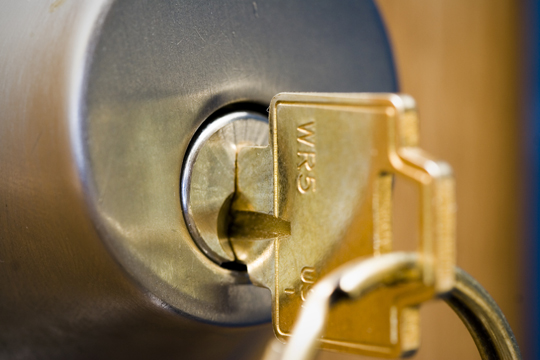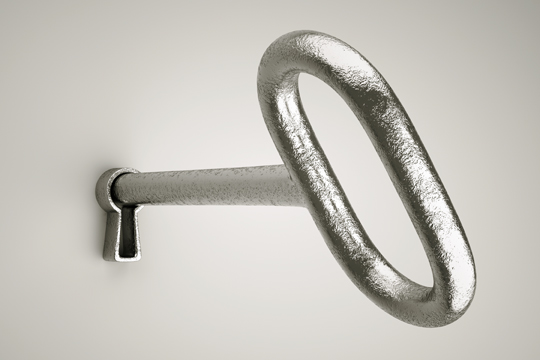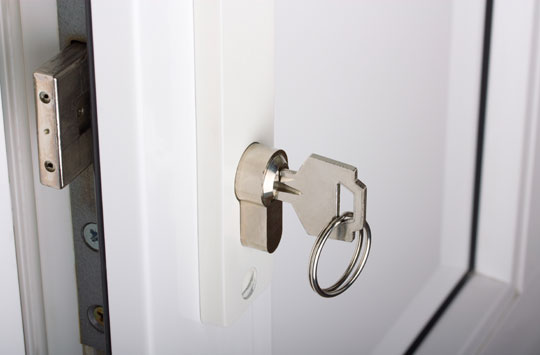You might already be using cam locks to keep your valuables secure and not even know it. These are small, circular locks that are used to secure everything from drawers, cabinets and furnishings all the way to high-security display cases or vending machines. As you can probably tell, cam locks are used for a wide array or purposes because they are incredibly secure.
Security is just one of the many benefits of cam locks. Here is a rundown on many of the advantages tied to investing in cam locks.
Security
Cam locks can be made from a variety of materials, but one thing remains the same: cam locks are extremely tough pick. The pick resistant design is one of the huge benefits of cam locks because it ensures that thieves will not be able to gain access to your drawer, cabinet or any other space.
Cam locks can be made to facilitate a larger variety of keys, including:
– Flat keys
– Rounded keys
– Tubular keys
Finally, since cam locks come in such a variety of sizes, they can be used to lock many different things. The same could not be said for traditional locks and keys, which often occupy a good amount of space.
Style
Who says you have to compromise style in the name of security? Cam locks are very versatile and can come in a variety of shapes, sizes, and materials. These locks can mesh well with the rich-looking wood work of a desk or cabinet without compromising the aesthetic appeal.
Weather Resistant
Due to its rotating disc cylinder technology, cam locks will remain unharmed by the elements. This comes in handy if you are using a cam lock for something outdoors. You will never have to worry about the inner workings of the lock corroding or freezing in the cold temperatures.
Easy To Install
While it might sound like cam locks are incredibly intricate and technical, they are notoriously easy to install. The installation process is simple and you will find yourself able to set them in place on your own.
Use Seva Call To Find Help
Now that you know the benefits of cam locks, you may be interested in installing some of your own. Whether you are on the lookout for a locksmith or a general handyman to help out, TalkLocal has you covered. We will find you a qualified professional in just 90 seconds. It is really that easy.

